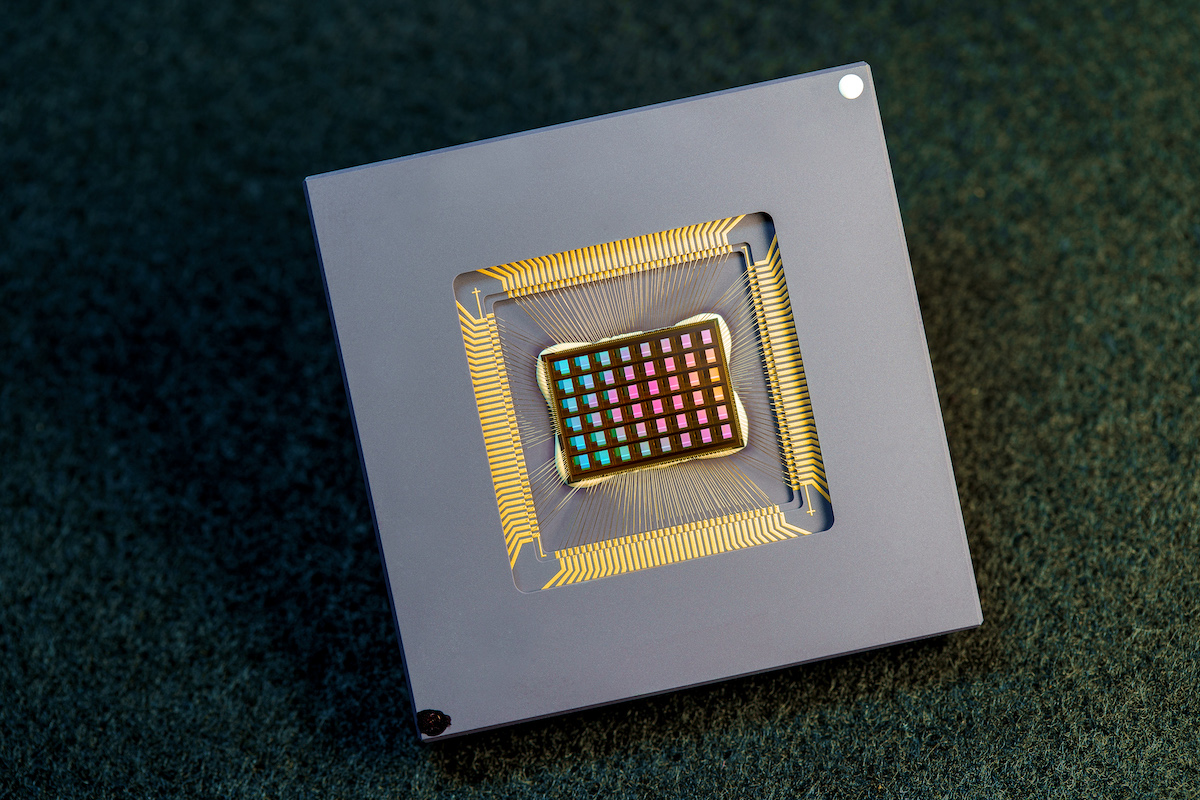NeuRRAM chip enables license plate and face recognition
You can see the NeuRRAM chip more or less as a piece of brain. But on silicon instead of biological brain tissue. This means that all kinds of artificial intelligence are now also within reach for small devices.
NeuRRAM replaces cumbersome AI systems
An international group of researchers has developed a chip with the unsexy working title NeuRRAM. Thanks to its brain-like architecture, it can execute artificial intelligence applications quickly and with little energy consumption. Think, for example, of things like facial recognition or recognizing letters and numbers.
Until now, this required a lot of computing power. And cameras forwarded the images to a server farm to recognize these kinds of patterns. Now these tasks can be taken over by a NeuRRAM chip weighing a few grams. You should also bear in mind that this chip is designed for 310 nm. In modern foundries, distances of a few nanometers are used. As a result, the performance of this chip can be increased many times over.
No more privacy leaks, because the data stays within the device
Not only is the new chip twice as energy efficient. It is also just as accurate as normal digital chips. A second advantage of the NeuRRAM is that it is no longer necessary to send all kinds of sensitive data to and from the cloud.
You want the chip to recognize that you are at the door. Not that images of you drunk and drunk with the boss’s daughter are being spread by a hacker. Thanks to this new chip, the cloud is no longer necessary, which solves many privacy problems.
Experimental NeuRRAM chip not yet in production
This chip and its successors are likely to become very popular with robot and camera builders. Because this is an experimental chip, NeuRRAM is unfortunately not yet in mass production. So we will have to be patient before we can build projects with this chip.
More details of these chips are described in the leading scientific journal Nature.



